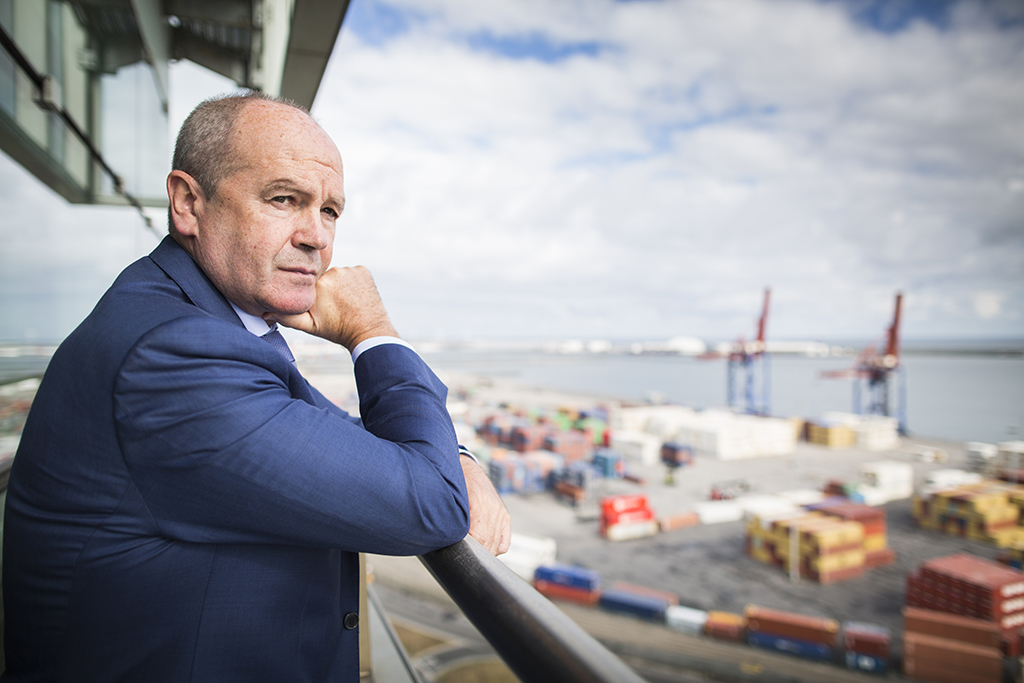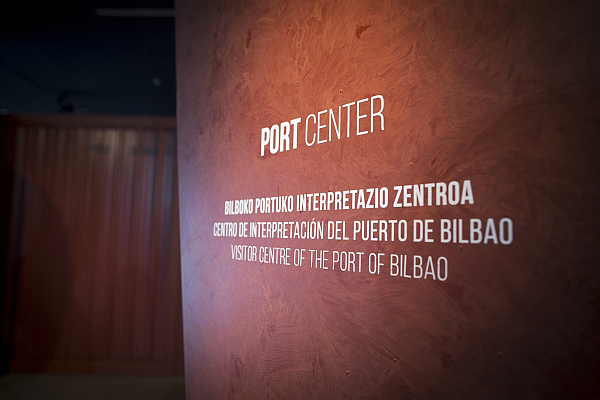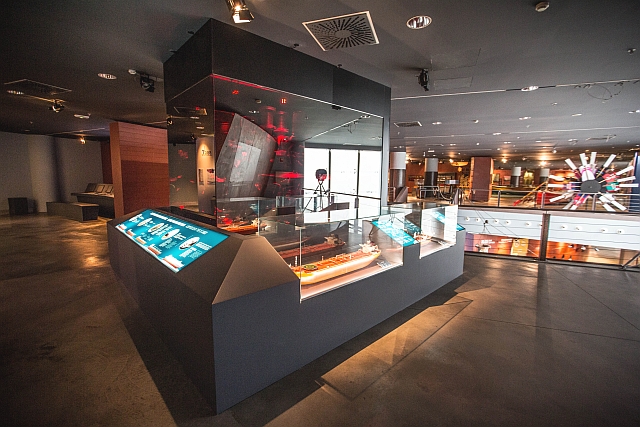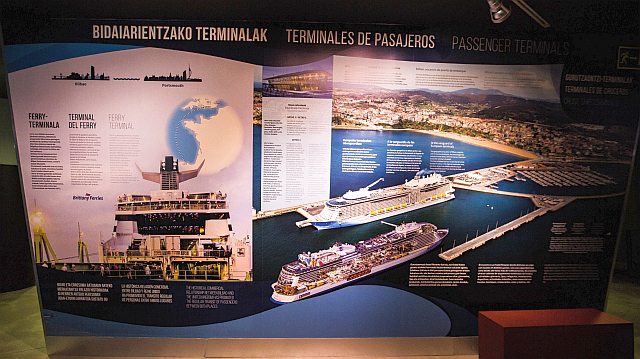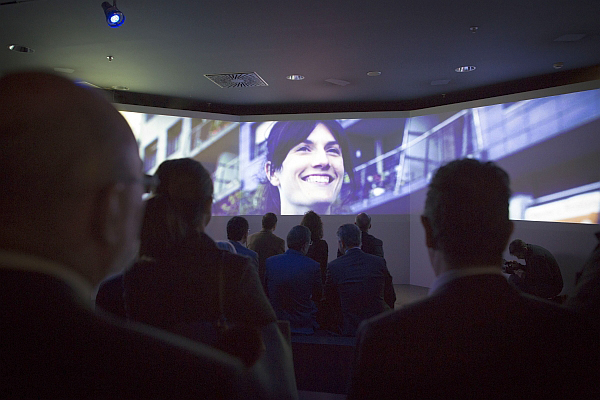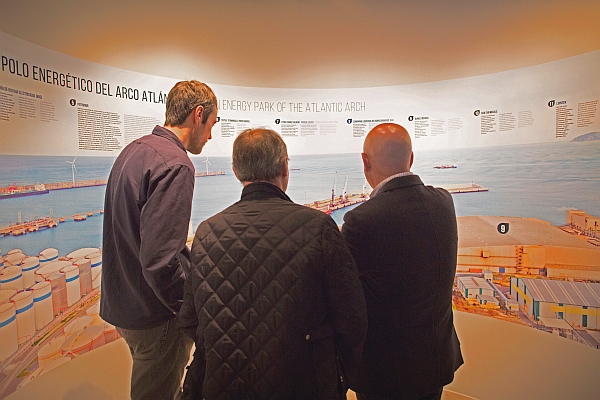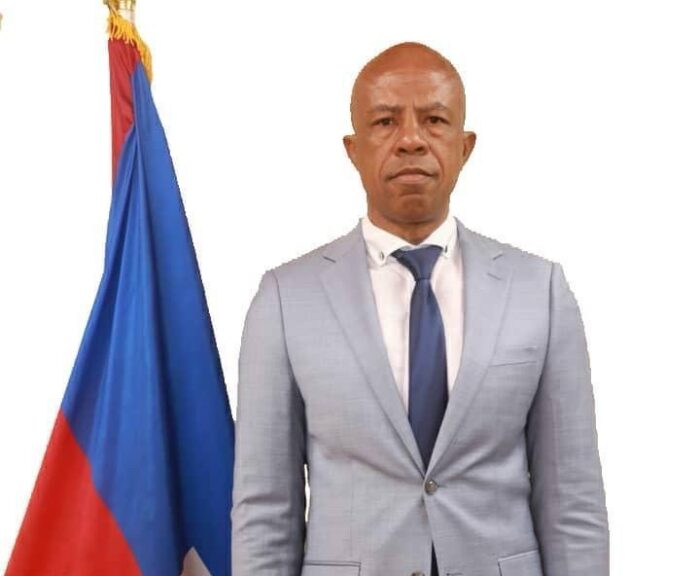Interview with Mr. Ricardo Barkala Zumelzu – President of the Bilbao Port Authority
The Port of Bilbao is the largest port on the Atlantic coast of Spain and one of the principal ports of the country, with a cargo flow of almost 36 million tons in 2018. At the same time, the metropolitan area of the city of Bilbao has a population of over one million inhabitants. In recent decades, the urban waterfront has undergone major modifications, known all over the world for its most symbolic construction, the Guggenheim Museum. However, city-planning is much more complex than the famous cultural installation; plans have had to be developed for the Abandoibarra zone, and more recently for Zorrotzaurre. The port has played a fundamental role in this transformation process, releasing land and relocating some of its operations along the waterfront. The new configuration of the port implies new challenges, like maintaining contact with the citizens now that they do not have as direct a connection with port activities as they used to.
In this interview we asked the president of the Bilbao Port Authority about the measures that are being introduced to improve the integration of the port with society. One of these is a new Port Centre, which will host the 6th Citizen Port Meeting of the AIVP Port Centres network.
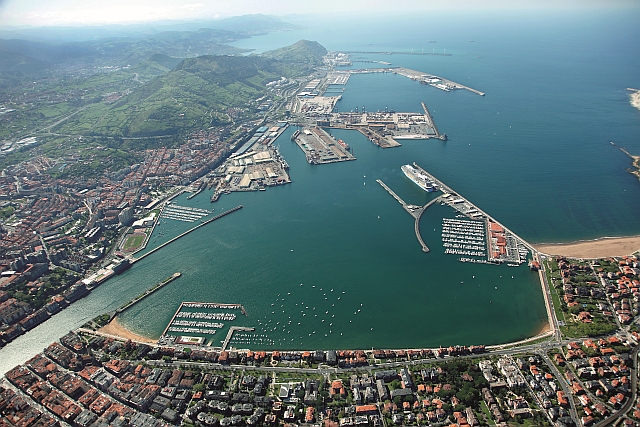
The Autoridad Portuaria de Bilbao is an AIVP member since 1989 !
et la Ayuntamiento de Bilbao depuis 2005
AIVP – The Port of Bilbao has evolved in recent decades, abandoning its central position in the heart of the city and expanding into the area called El Abra Exterior. Considering this new configuration, how would you describe the Port City relationship in Bilbao today? How is the port’s relationship with neighbouring districts like Santurtzi, Getxo or Portugalete coordinated?
Ricardo Barkala Zumelzu, President of the Bilbao Port Authority – You are right, the Port of Bilbao is no longer in the city centre; this is good for the city, but not so good for people’s perceptions about the port. We want our citizens to know the port. We want to be a near neighbour that people value as a driver of the city’s economy. Among the things we are doing to foster this feeling, we are maintaining close relations with the nine riverside municipalities, where we still occupy land, and especially with those where the majority of our activities take place, like Santurtzi and Zierbena, for ferry passengers and cargo, and Getxo, where our cruise ship terminals are. Of course without forgetting Bilbao, the city where it all began, the city which takes its name from the port, and the city to whose regeneration we have contributed extensively through the company Bilbao Ría 2000, and now through the Zorrotzaurre Management Commission.
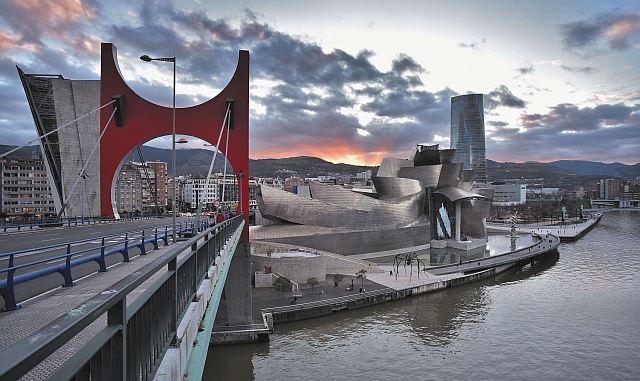
We maintain close relations because we have locations in those districts, and also because of our corporate social responsibility as a public organisation. How do we maintain contact? On the one hand, because Santutzi, Zierbena and Bilbao have representatives at our board meetings. On the other, through active participation in the Port Foundation and Ría de Bilbao; by being involved in a large number of activities and by sponsoring sporting and cultural events; by supporting initiatives to promote job creation; by keeping up our heritage and the riverside walks…
But if I were to pick out two of the principal activities which underpin this port-city relationship, one would be the celebration of the Port Open Day, when we open our gates and show what we do in an entertaining way; and the other, the most important, are the daily visits that we organise to port installations. Last year we had 7,500 visitors, including schoolchildren, university students and the general public.
AIVP – In 2011, the Bilbao Port Authority, together with 9 neighbouring municipal councils, created the Port Foundation and Ría de Bilbao to promote integration and social recognition of the port. How would you judge what they have done so far?
Ricardo Barkala Zumelzu – The main object of the Foundation is to promote and develop plans and projects of general interest, with wide socio-cultural and recreational projections, which will allow people to learn about the past and present importance of the Port of Bilbao and the river mouth in the economic and social development and integration of the riverside municipalities, as well as promoting and developing projects and initiatives linked to innovation in the port sector. We are taking huge strides together, with annual activities in all the municipalities; for the fifth year running we are offering a “Company Practices Programme” for young people, organised through a collaboration between the trustees, in the operational areas of the various departments of the Bilbao Port Authority. It has had very positive results and we want to go on growing and broadening the activities of the Foundation.
AIVP – Apart from the Foundation, in 2018 the Port Authority inaugurated the new Port Centre in association with the Bilbao Maritime Museum. We are going to have a chance to see it at the Citizen Port Meeting on 24th and 25th October. Can you tell us briefly what your principal reason was for creating this new installation, and what its main objectives are?
Ricardo Barkala Zumelzu – Ports should carry out all their activities and assume their responsibilities. These include not only complying with the laws, but also looking into the future and defending what we have inherited from the past. That is why we have been a trustee of the Maritime Museum since it was started, and why in 2018 we took another step forward by creating a Port Centre in the museum to bring our citizens closer to our activity and our economic importance. The Port Centre is a source of pride and satisfaction.
The Port of Bilbao is more than just an enclave in the city where ships moor and cargo is loaded and discharged. This port is a leading industrial logistics centre on the Atlantic coast; it helps to improve our competitiveness in international trade. Its activities contribute 1.29% of the GDP of the Basque Country, and 2.55% of that of the Province of Bizkaia. Directly and indirectly, it helps to maintain around 11,500 jobs.
With this Port Centre we hope to get closer to our citizens, of all ages, in an entertaining atmosphere and – in tune with the times – using the most modern technology. We have set ourselves the goal of teaching people about its importance, and the work done by the men and women who work in a commercial port: their professional training, how precise and vital their work is, what happens when a consignment of goods for export is dispatched to the ship and loaded on board, and how the ship sails to one of the 900 ports to which we are connected. Pilots, tugs, longshoremen, stevedores, consignees, freight forwarders, transport companies, captains…. all are represented in this small but ambitious display of how a port like Bilbao works, where professionalism and quality cooperate with high standards of sustainability.
AIVP – One of the most innovative initiatives of the Port Autority is the new Bilbao Port Lab. What are the main objectives of this project? How does the relationship between the actors (companies, universities, public institutions) work? After all, they may all have very different objectives.
Ricardo Barkala Zumelzu – Bilbao Port Lab is an innovation and research hub located in one of the port’s buildings. We want it to become a space where the needs identified by companies of the port community are brought together in order to advance towards a Ports 4.0 model, with the ideas and projects developed by entrepreneurs, startups, doctorate students and researchers. It will also enable us to promote the Ports 4.0 Fund, the call for which is about to be announced. The Fund will support projects for the state port system in coordination with the various programmes of the Basque Government and its programme to support innovation and entrepreneurship.
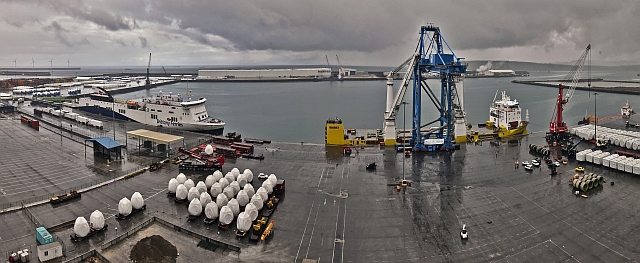
With this centre aimed at improving the Port’s competitiveness, the Port Authority hopes to help to strengthen an environment and a climate favourable to research and innovation, supplying the means needed for ideas and projects which provide logistics-port solutions to real problems affecting the sector to prosper. The initiative also fits in with the objectives of the Port Authority’s Srategic Plan to convert the Port into a leader in innovation and computerisation.
Bilbao Port Lab also complements other innovative learning and entrepreneurship programmes in the Basque Country with which it seeks to establish synergies. This is why it has joined the Port Foundation and Ria de Bilbao, which is going to create a work team to promote and coordinate the centre.
AIVP – To conclude, I would like to ask you, of the 10 objectives which form the AIVP Agenda 2030 , which is the most important for the port-city relationship in Bilbao?
Ricardo Barkala Zumelzu – All ten objectives are important for us, but there are two in our Strategic Plan which are included in the agenda: innovation, which includes energy transition; and care for the environment to maintain the quality of life of our citizens. As a leading port in terms of innovation and sustainability, we ensure transparency in our work, and this is also present in the Port Centre.

